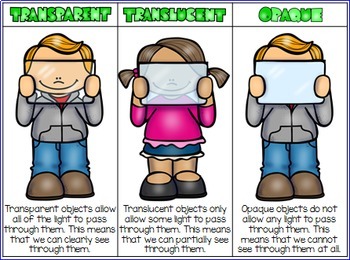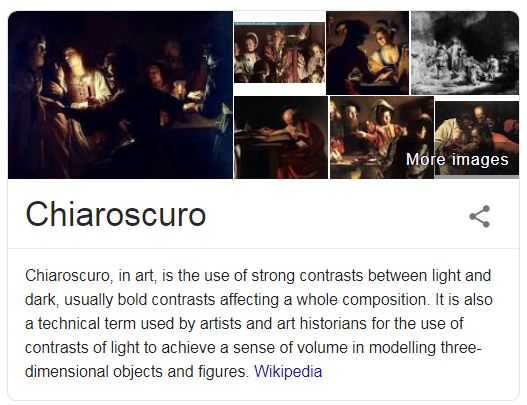True art story
“What is Gouache?” Gouache is pronounced “goo wash” and rhymes with squash.
The first time I heard the word ‘gouache’ mispronounced was by a student reading from her notes. Her teacher recommended she get a tube of white wash. At the time, I was a new employee at The Paint Spot. I searched the shelves and asked my coworkers what it was. Most of us could only recall ‘white wash’ from back in Tom Sawyer’s fence painting days. After deducing this was for a watercolour class, I made the connection that ‘white wash’ sounded similar to ‘white gouache’. The customer and I bonded over the hilarious similarity of the two phrases.
Gouache is growing in popularity
Gouache is not a new medium. It has been around for a very long time. Albrecht Durer and Henri Matisse used gouache to create some of their most recognizable works. There is a trend a-brewing as more artists discover the potential of this medium for mixed media, plein-air, illustration, and figurative works. Let’s look at some of the reasons to experiment with gouache.
Easy Projects to get started in gouache painting
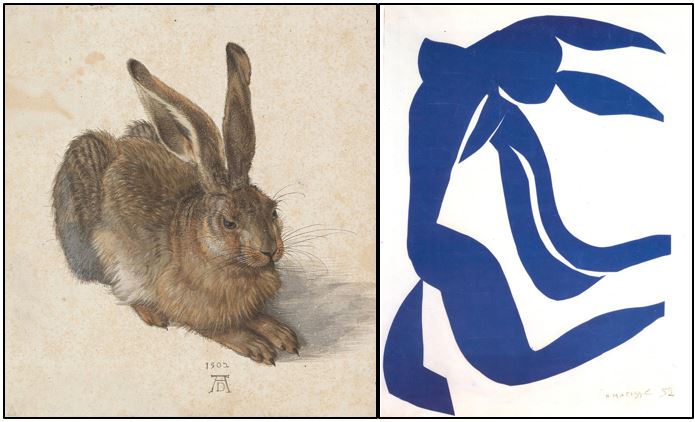
10 Reasons to Love Gouache
1. Gum Arabic is organic
All paints are made using coloured pigment mixed with a binding medium. Binding mediums help the paint hold together and adhere to a surface. Gouache paints are pigments mixed with gum arabic, which is a type of plant-derived sap, a natural thickening agent, and a binder that holds ingredients together. You can think of it as an edible ‘glue.’ It is often found in foods like candies, ice cream, and soft drinks as well as herbal medicines, pills and lozenges, stamps and envelopes; body creams and cosmetics. Gum arabic is an all-natural medium ideal for artists seeking organic and natural paint alternatives.
2. Water-based, resoluble, and solvent-free
Speaking of safe – there is no need for solvents with gouache because it is water-soluble. It means it is resoluble and thinned with water. Gum Arabic is used as a binder for many other types of paints too; like watercolours inks, photography and printing materials. Paints made with gum Arabic may be squeezed out onto a palette to be used wet, then left to dry, and used again by reworking with a wet brush so there is no wasted paint; just add more water and use the paint again.
3. Infinite blending and working time
Gouache is workable and reworkable, unlike any other paint. Because it is water-soluble, a wet brush can go back to soften edges or lift colour even after the paint dries.
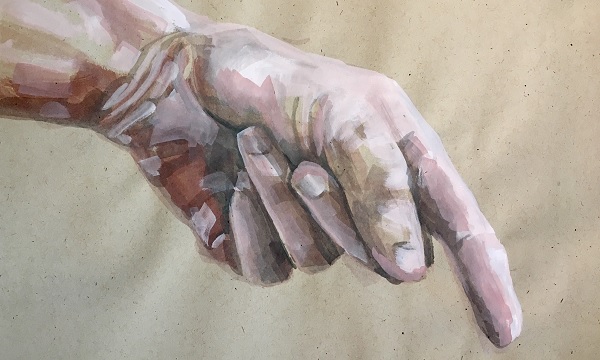
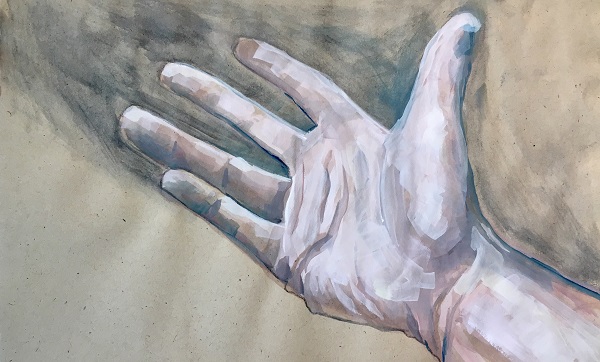
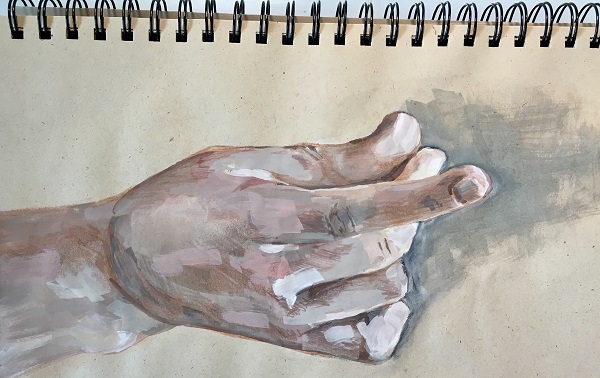
It is important to note that new layers reactivate previous layers of paint. To avoid overworking, leave half-dry passages alone! Let them get really dry before you add another stroke. Think before you lay down a stroke; commit to it and leave it. Paint the large, wet areas first, and use drier and drier paint as you build details.
Painting on acrylic or gesso will slow the drying time.
I discovered the unique combination of Holbein Mat Acrylics and Holbein Artist Gouache. I painted expressive backgrounds using three colours of the Mat Acrylic then used gouache on top of them. The acrylic was waterproof and provided a permanent and colourful base. Painting the gouache on top of acrylic presented infinite possibilities for moving and blending and even lifting and correcting colours. The acrylic surface held up much better than paper alone would have so the underpainting was preserved and over-working was avoided.
Colour blending was so much easier for portraits because the colours blend even after they are dry: hard-edges can be softened, shapes could be removed and highlights painted back in again.
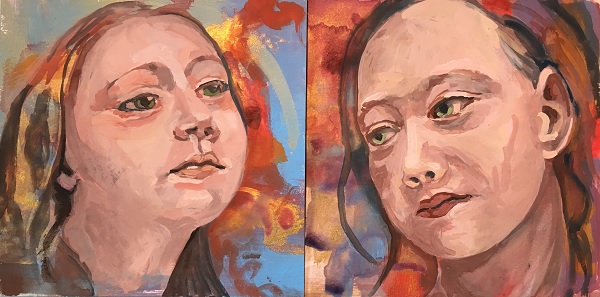
4. Coarsely ground pigment particles
Gouache pigments are more coarsely ground than pigments used for watercolour. The larger particle size of pigments makes gouache very different from watercolour in opacity, matte finish, tooth, thickness, and drying time.
Let’s look at each more closely.
5. Opacity
Opacity means that the colour is not see-through and therefore said to have covering power. In student-quality paint, opacity may come from white pigment or fillers but in artist-quality gouaches like Holbein Gouache and Schmincke Calligraphy Gouache it is all pigment.
Did we learn the definitions of transparent, opaque, semi-opaque, and translucent in primary school? Here is a quick way to teach it, visit this resource.
Transparency is useful to create glazes in other paints. A glaze is a diluted layer of colour that allows the white of the paper or a previously painted area to show through. However, it takes discipline and planning to use transparent colour effectively. Create too many layers or use the wrong colours, and the art may end up looking overworked and muddy. Here is a link to a Transparent Watercolour Project from our growing resource of projects for school teachers on our website.
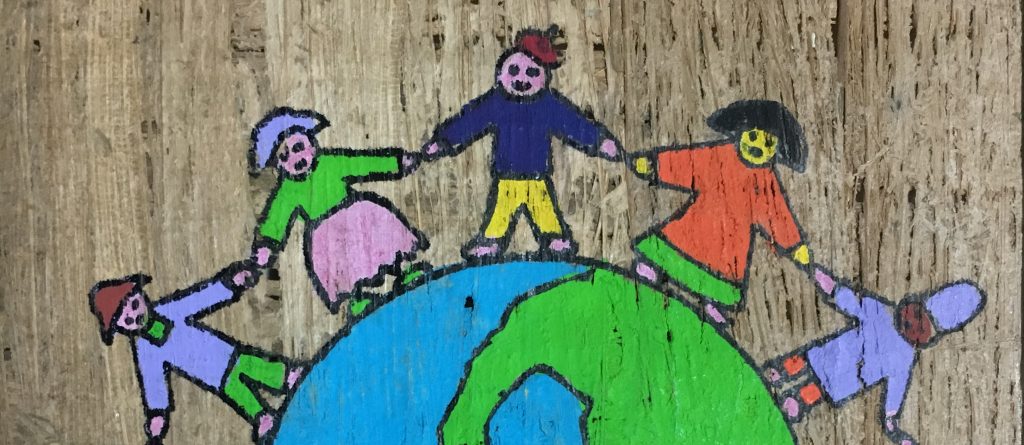
If you have relied on transparent washes in the past, it can take a little adjustment to work opaquely. The opaque paint will cover up the under-drawing but is also allows the artist to paint on top of painted or printed areas to make corrections or create new shapes without a ghost of the previous image appearing from underneath. Gouache is an ideal option for collage artists or visual journalists creating images on coloured or decorative papers.
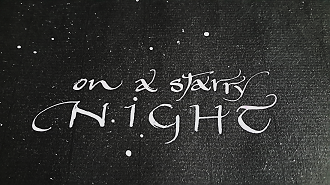
Calligraphers like using it for lettering, especially over coloured or dark papers where traditional inks or watercolour may be too transparent.
Transparent colours, like watercolours and many acrylic inks, will appear invisible on black papers. Gouache glows on dark surfaces, even when painted thinly. Since highlights and bright colours can be layered, it is easy to build forms in a chiaroscuro method.
The image below was painted using Holbein Gouache on the new Stonehenge Aqua Cold Press Black Watercolour paper. Here gouache is used with masking fluid just like watercolours to create a unique, dramatic effect.
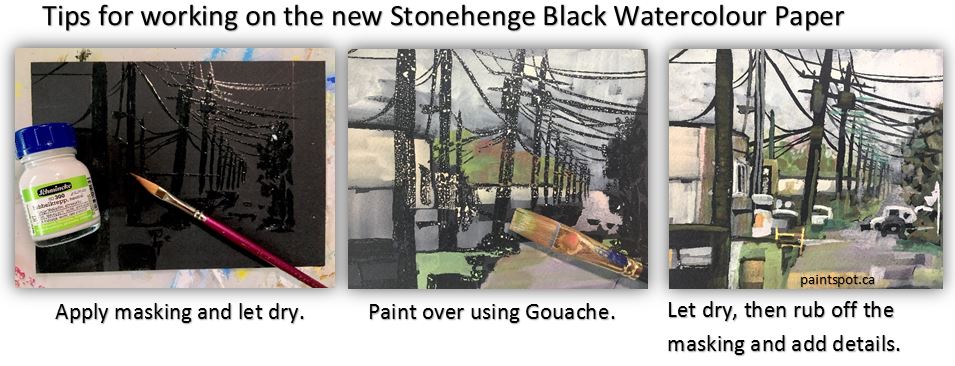
6. Matte finish
Gouache is very matte, non-shiny, and non-reflective. Matte paintings photograph better for digital printing and social media sharing. The surface of dry paint looks almost velvety to the touch. Darks have a mysterious depth and seem to absorb the light and draw the viewer in. Bright colours look almost luxurious. Ultra-matte may become the new vogue.
Warning: the matte surface is fragile and it can mar easily. It is best to paint in a hardbound book of heavier paper like Stillman and Birn or a watercolour sketchbook like Handbook Journals. If you work on loose sheets choose the new PAINT ON series from Clairefontaine. To protect your work use plastic sleeves or cardboard portfolios. If water splashes on a finished painting just let it dry. The damage will hardly be noticeable and require only minor touching up. This is a better alternative to mopping up the water and then repainting large areas.
7. Toothy
A matte surface has another desirous advantage. It has tooth. That means it has a texture able to grab a drawing material like pastel, Conte, or paint pen. Once dry, it will not permanently gum up markers or pens. If gouache does transfer to the pen tip simply wipe it off by drawing on another piece of paper until it is clean.

8. Paint thickness
Gouache has a seductive paint thickness. It feels more viscous than watercolour, and it has a velvety paint body. The paint self-levels and brush strokes disappear. Are you looking to paint a solid area of one colour? Gouache will do it quickly, smoothly, and evenly. Dilute Gouache with water, watercolour medium, or more gum Arabic to increase its ease of application with all the control your brush and coordination will allow. Do not dilute too much you will miss the advantages of this paint.
9. Wrinkles paper less
Gouache is an excellent option for visual journalists, travel painters, and urban sketchers. Due to the ratio of pigment to binder the paint is less wet than watercolour to start with and you use less water while you paint (usually just enough to move the colour but not too much to reduce opacity). Unlike inks, markers, and watercolour, gouache will not seep through pages. It will not overly wrinkle your pages either.
10. Fast-drying paint
Gouache is thick and dries quickly; this sounds like a paradox but is absolutely true. The paper dries fast and you spend less time waiting to add the next layer or to turn the page to make a new painting. Unlike acrylic which has a slight tack even when dry, gouache will not stick to itself when you close the pages of your travel journal.
If you want to keep the paint wet while you are working with it, a StaWet Handy Palette is excellent for both studio and Plein air painting. Squeeze the paint onto the damp palette paper. Spritz it with water.
On a hot, dry day your painting may dry instantly. Shade the painting and palette with an umbrella and mist with a diffuser or choose to work in wet climates like the west coast (or the new rainy wet Alberta).
Gouache dries more slowly on a primed surface of an acrylic underpainting than it does on plain paper because absorption is reduced. A slow drying time allows colours to be rewet and lifted easily for corrections and special effects.
More Notes Unique to Gouache
Colours shift when dry
Artists notice a slight colour shift between wet and dry colour: acrylic colours appear darker when they dry; watercolours dry a lighter shade. Gouache also changes value when it dries. Dark values tend to lighten and light values tend to darken. This makes colour matching tricky so it is important to mix plenty of paint when you want to cover a large area with a solid colour. With experience, it becomes second nature. The re-wettable nature of gouache paint allows you to work back into the old colour to more closely match the new layer in the smaller section of a painting.
Colours may muddy quickly
Speaking of colours there are almost too many vivid colours to choose from. Be careful – too many colours on the palette lead to troubles with middle-value mud and disharmony. You can paint almost anything with six colours or fewer. It might be fun to pick primaries different than your unusual go-to’s. I was working on portraits so I chose three colours I had never worked with – Chinese Orange, Naples Yellow, and Prussian Blue (plus white) and painted pictures with those colours and no others. These are barely primary but for portraits, they turned out to be good choices. Want to know more about colour theory? The Paint Spot runs comprehensive colour theory classes twice a year. Contact us to get your name on the interest list.
Care of brushes
Wash brushes with warm soapy water and lay them flat to dry. Gouache will wash out of a brush even after it is dry for a long time. We recommend synthetic watercolour brushes such as Holbein Gold or da Vinci Cosmotop.
_________________________________________
Kim Fjordbotten (August 2019) As the owner of The Paint Spot, Kim Fjordbotten is passionate about helping artists use materials and make art. She is available as a speaker and educator for teachers and art associations. The Paint Spot offers exhibitions, workshops, and beautiful art materials to inspire your creativity.
Please help us by purchasing your art supplies from The Paint Spot. We really appreciate your business and it means we can keep making educational posts for free. Thank you.

